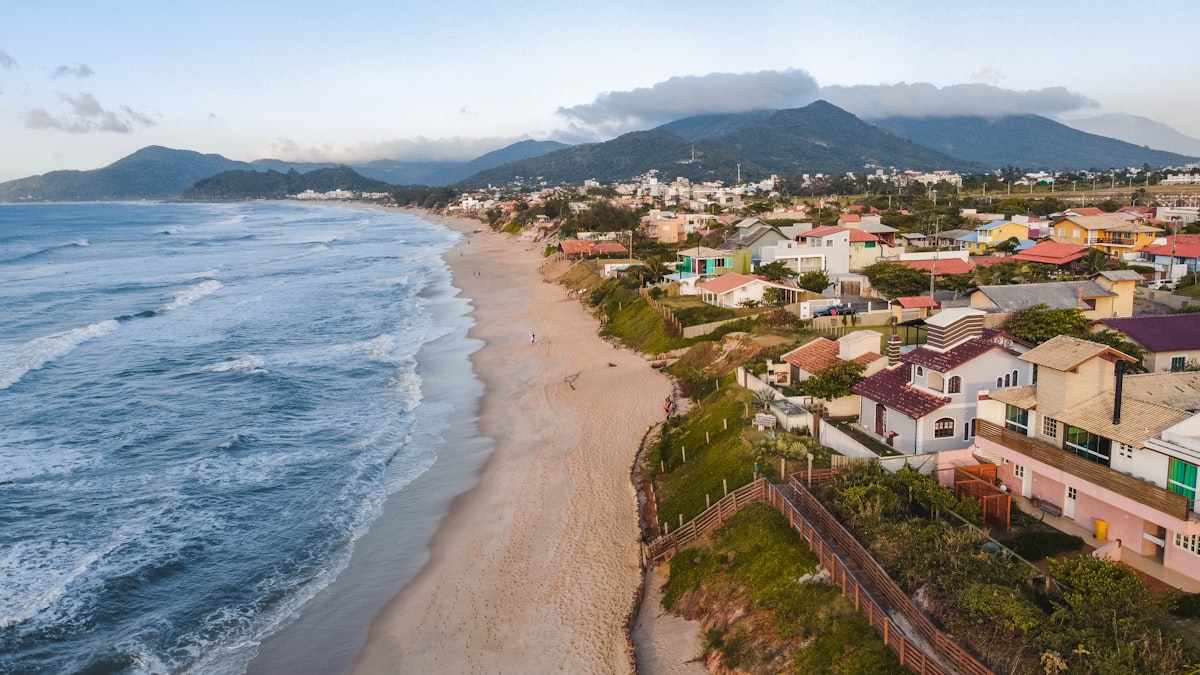The best of Campeche and what makes it unique
A visit to the state of Campeche, but also to know its history, its customs, its gastronomy, its traditions, and its geography, with beaches, rivers, lagoons, mangroves, and jungles. An amazingly biodiverse place that very few know about.





